
U.S. President Donald Trump was set to implement broad new reciprocal tariffs on global trading partners on Wednesday, marking a significant departure from decades of rules-based trade policies. This move risks increasing costs for consumers and will likely trigger retaliatory measures from affected countries.
Final details of the tariff plans, which Trump has characterized as America’s “Liberation Day,” were still being finalized ahead of a White House Rose Garden announcement scheduled for 4 p.m. Eastern Time (2000 GMT).
The new duties will take effect immediately following Trump’s announcement, while a separate 25% global tariff on auto imports is scheduled to begin on April 3.
Trump has framed his reciprocal tariff strategy as an effort to equalize generally lower U.S. tariff rates with those charged by other countries and to counter non-tariff barriers that disadvantage American exports. However, the specific structure of these duties remained unclear, with reports suggesting Trump was considering a 20% universal tariff.
European Central Bank President Christine Lagarde warned that Trump’s planned levies would have negative consequences globally. “It will be negative the world over, and the density and durability of the impact will vary depending on the scope, on the products targeted, on how long it lasts, and on whether or not there are negotiations,” she stated in an interview on Ireland’s Newstalk radio.
As the world awaited details of the tariff plans, financial markets reflected growing uncertainty, with stocks retreating and safe-haven gold remaining near record highs. “I can’t recall a situation where the stakes were this high and yet the outcome was so unpredictable,” noted Steve Sosnick, chief strategist at Interactive Brokers. “The devil is going to be in the details, and nobody knows the details.”
Business leaders across various sectors, including the automotive, shipping, and luxury goods industries, anxiously awaited specifics, particularly given Trump’s use of emergency powers to quickly add, occasionally withdraw, and sometimes reinstate tariffs. “You cannot make important decisions on your supply chain when the rules of the game keep changing,” said Peter Sand, chief analyst at freight pricing platform Xeneta.
A former Trump administration trade official suggested that Trump would likely impose comprehensive tariff rates on individual countries at somewhat lower levels. The official added that the number of affected countries would probably exceed the approximately 15 nations that Treasury Secretary Scott Bessent had previously identified as having high trade surpluses with the U.S.
“Either way, the impacts of today’s announcement will be significant across a wide range of industries,” said Ryan Majerus, a partner at the King and Spalding law firm.
In just over ten weeks since taking office, Trump has already imposed new 20% duties on all imports from China over fentanyl concerns and fully restored 25% duties on steel and aluminum, extending these to nearly $150 billion worth of downstream products. A month-long reprieve for most Canadian and Mexican goods from his 25% fentanyl-related tariffs is set to expire on Wednesday.
Administration officials have indicated that all of Trump’s tariffs, including previous rates, are cumulative. For example, a Mexican-built car previously subject to a 2.5% import tariff would now face both the fentanyl tariffs and the auto sector tariffs, resulting in a 52.5% rate—plus any additional reciprocal tariff Trump might impose on Mexican goods.
The growing uncertainty surrounding these duties is eroding investor, consumer, and business confidence. Concerned investors have been selling stocks for over a month, wiping nearly $5 trillion off the value of U.S. equities since mid-February. On Wednesday, the dollar strengthened slightly while other currencies remained in tight ranges as traders awaited details of Trump’s plans.
Trading partners from the European Union to Canada and Mexico have promised to respond with retaliatory tariffs and other countermeasures, even as some have sought to negotiate with the White House. In Australia, Prime Minister Anthony Albanese and his election rival, Liberal Party leader Peter Dutton, both pledged to fight back against potential U.S. tariffs that could affect Australian beef. “If I needed to have a fight with Donald Trump or any other world leader to advance our nation’s interests, I’d do it in a heartbeat,” Dutton stated in a Sky News Australia interview.
Canadian Prime Minister Mark Carney and Mexican President Claudia Sheinbaum discussed Canada’s intention to “fight unjustified trade actions” by the U.S. during a conversation on Tuesday, according to Carney’s office.
Trump has argued that American workers and manufacturers have suffered for decades under free-trade agreements that have lowered barriers to global commerce and fueled the growth of a $3 trillion U.S. market for imported goods, resulting in a goods trade deficit exceeding $1.2 trillion.
However, according to the Yale University Budget Lab, economists warn that a 20% tariff on top of those already imposed would cost the average U.S. household at least $3,400.





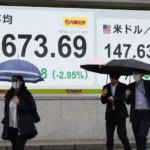


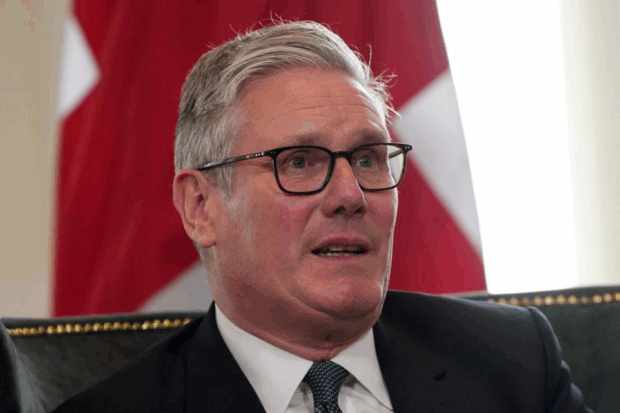
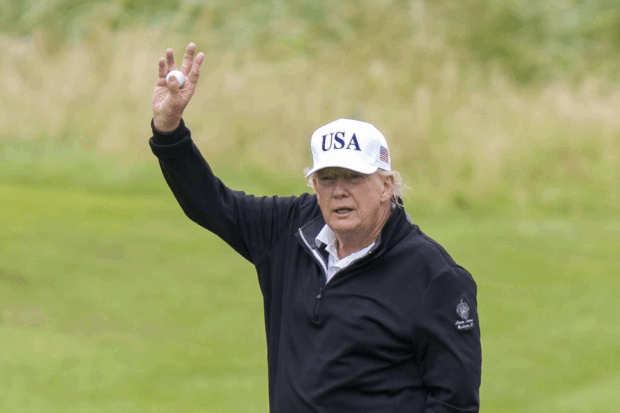
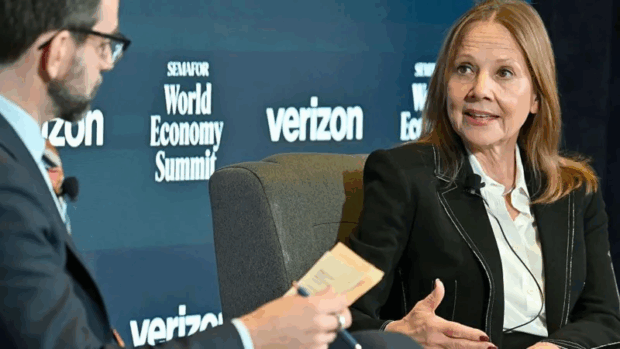
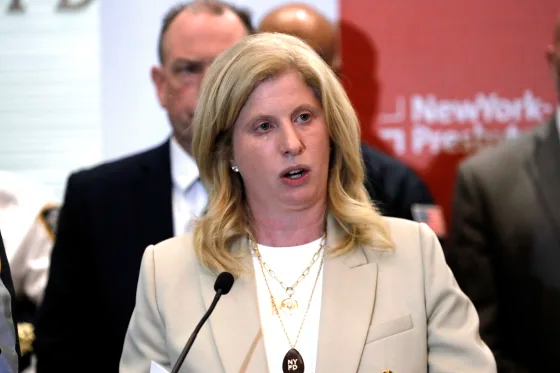

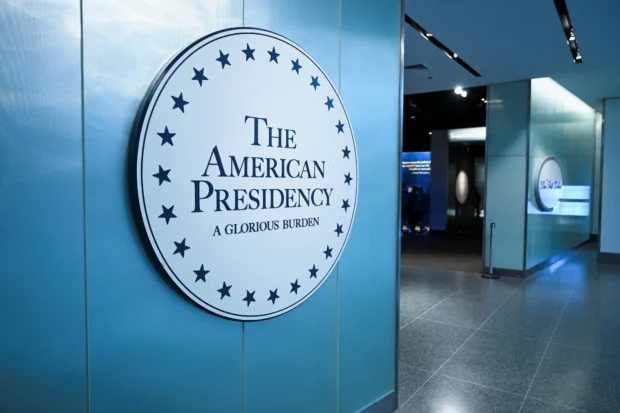



Be the first to leave a comment